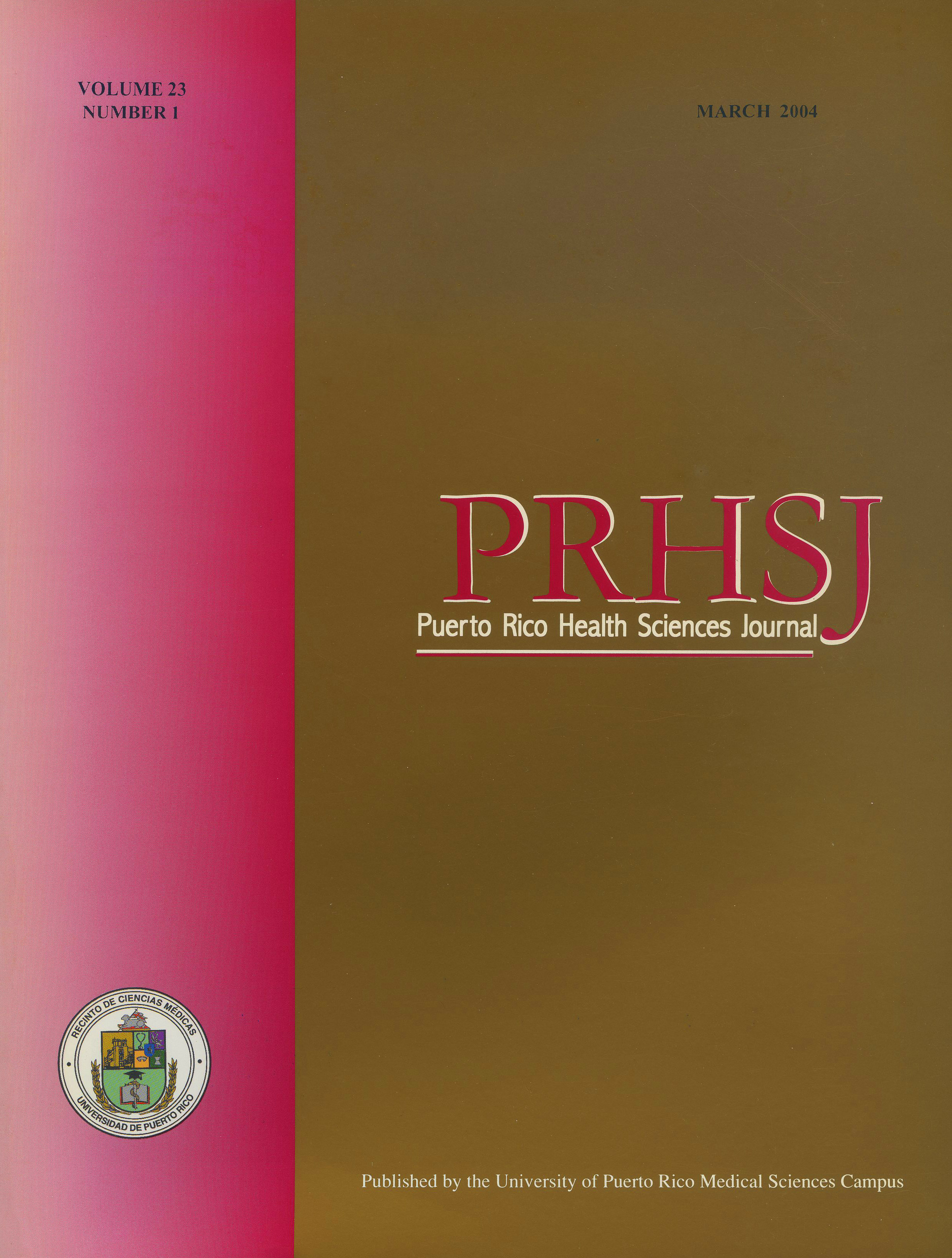Abstract
Rhesus (Macaca mulatta) and patas (Erythrocebus patas) monkeys escaped to the mainland of southwestern Puerto Rico (SWPR) from research colonies on small offshore islands during the 1960s and through 1982. A three year study (1990-1993) combined radio-telemetry with visual observations to collect information on population sizes, the composition of social groups, their daily movements, and their home ranges. Two populations of rhesus monkeys were identified in SWPR: one within the study area in Sierra Bermeja and a second population located 10 km north of the study area. The size of the Sierra Bermeja rhesus population was derived from escapees from research colonies and at the time of the study was 65-85 individuals. Within their home range area (3.7km2) the density of this population was »18.9 individuals/km2. A second rhesus population was found in a mountainous region 10 km north of the study area. This population consisted of one (or two) heterosexual groups with a total of 40-45 individuals. Although a primary characteristic of this species in India is its ability to live as a commensal with humans, the rhesus monkey populations of SWPR are extremely shy and elusive, they avoid contact with humans. The patas monkey population consisted of »120 individuals in four heterosexual groups and several all-male bands. There was no evidence of patas monkeys outside the study area. Within their home ranges (26.8 km2) the population density was 4.47 individuals/km2). Patas monkeys have not previously been considered a territorial species, their behavior in SWPR suggested territoriality. In contrast to studies in Africa, where the amount of home range overlap between patas monkey groups is high, in SWPR the amount of range overlap between groups is small and each group uses areas with clearly defined boundaries.
Authors who publish with this journal agree to the following terms:
a. Authors retain copyright and grant the journal right of first publication with the work simultaneously licensed under a Creative Commons Attribution License that allows others to share the work with an acknowledgement of the work's authorship and initial publication in this journal.
b. Authors are able to enter into separate, additional contractual arrangements for the non-exclusive distribution of the journal's published version of the work (e.g., post it to an institutional repository or publish it in a book), with an acknowledgement of its initial publication in this journal.
c. Authors are permitted and encouraged to post their work online (e.g., in institutional repositories or on their website) prior to and during the submission process, as it can lead to productive exchanges, as well as earlier and greater citation of published work (See The Effect of Open Access).
